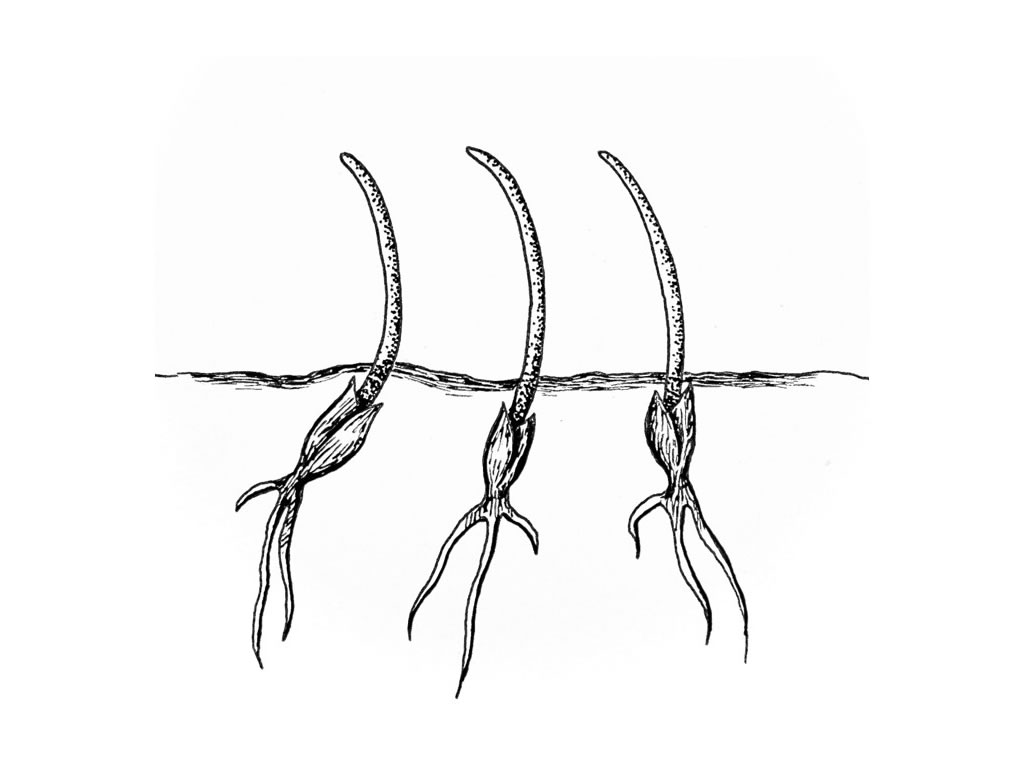In the book I just published (Wildly Wise: Trusting the Nature Within), I included illustrations in every chapter.
Well… almost every chapter.
In the flurry of day-to-day life and the disorienting pressure of what felt like back-to-back deadlines with my book, I didn’t notice that one of my drawings was left out of the final manuscript. I didn’t realize until it was too late.
Manage your mental health symptoms through Online Counseling in New Jersey
Do you want to improve your mental health? Contact me to learn more about working together through online counseling in New Jersey.
I now also offer online counseling in Pennsylvania, contact me to learn more.
I have only told a handful of people about this, but I want to share it with you because I think it’s a funny anecdote about radical acceptance (in a very small nutshell – radical acceptance is a Dialectical Behavioral Therapy skill that helps us to accept challenging situations/feelings so we can reduce our suffering in response to them).
There was literally nothing I could do when I realized the illustration was left out of the book. I had a brief window of self-loathing, but like many of us, I’m well-versed in self-loathing, so I decided to skip that part. Yep, I decided to skip self-loathing.
Saying that I skipped self-loathing makes it sound easy, it’s not always easy to skip. Fully accepting the facts of the situation without judging myself for my error is what allowed me to do that. Skipping self-loathing really means that I skipped the self-judgment part.

Photo by Darius Bashar on Unsplash
If you have a hard time with accepting situations you perceive as negative, here are some tips:
- Notice the judgment that comes up about the situation. Your judgments can help you learn more about yourself when you become aware of them. Next, practice describing the situation without any judgment, using just the facts of the situation.
- Pay attention to resistance. Resistance shows up in different ways. If you find yourself with lots of “should” thoughts, that’s a pretty good indicator that you are resisting what actually is. You might also notice resistance in your body in the form of tension. Instead of resistance, practice allowing the experience to exist as it is, without comparing “what is” to “what should have been.” For resistance in your body, take a few moments for some deep, intentional breaths and relax your body in the areas you notice tension.
- Resistance to what is can indicate that we are trying to control something that is not within our control. We cannot change reality. Once we accept a situation as it is, however, we give ourselves the clarity to see whether there is any action we would benefit from taking in response to the present reality. For example, if you forgot your best friend’s birthday, you cannot control what has already happened, but you can choose to accept the situation and decide to reach out to your friend after the fact to remedy the situation.
The illustration I’m sharing that was left out of the book is a simple cross-section of grass seedlings bending toward light – demonstrating phototropism. My “phototropic” response in the situation of forgetting the illustration was to bend toward the light of acceptance, because experience has taught me that self-judgment plunges us into darkness.
Here’s to bending toward our inner light!

Photo by ActionVance on Unsplash
Sarah Tronco, LCSW, provides online counseling in New Jersey and works to develop a strong therapeutic relationship with her clients, which helps to create a secure place where individuals can achieve meaningful change.
Sarah Tronco, LCSW, now also provides online counseling in Pennsylvania, contact her to learn more.

